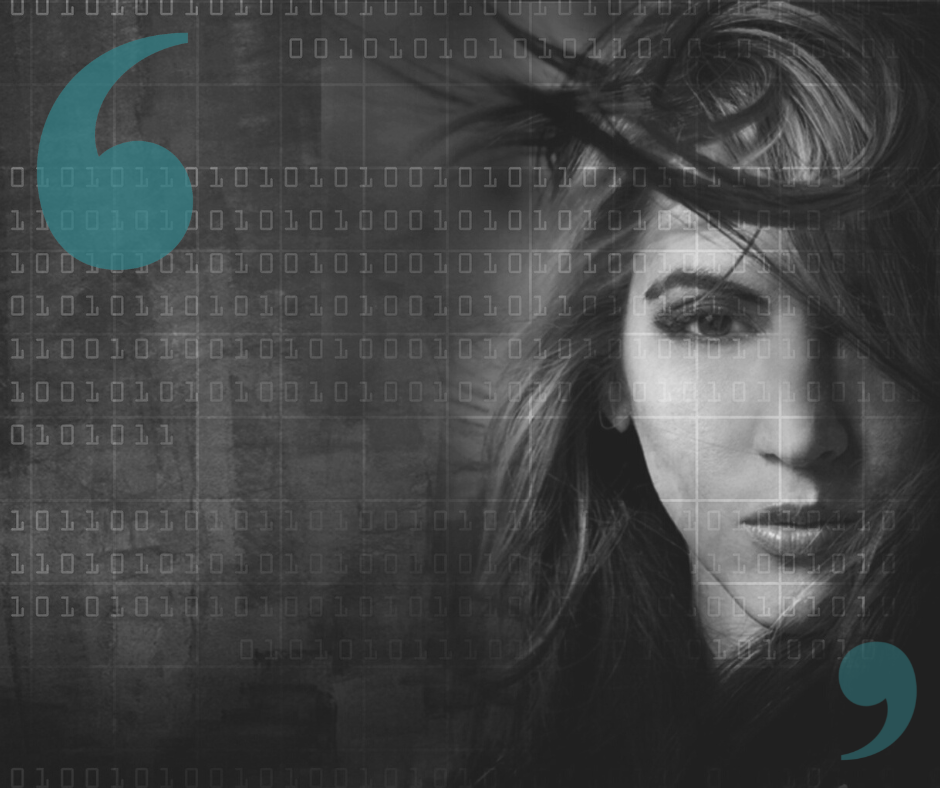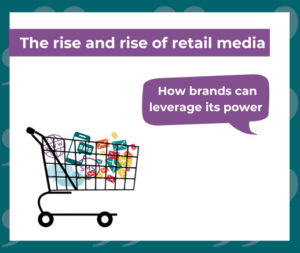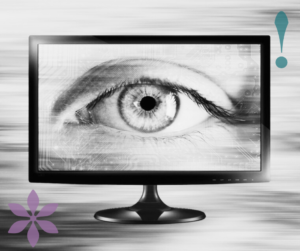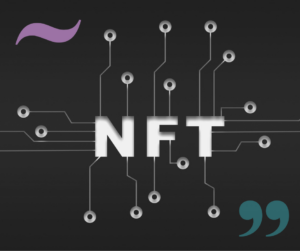You’d be excused for being sucked into the recent hype as one of the most famous actors in the world joined TikTok. The 53-year-old is seen practising his golf swings, falling over in a store, telling anecdotes and performing a magic trick with a coin. Already, the account has 11 million combined views and a following 383,000.
Only… it isn’t Tom Cruise. These videos are highly sleek deepfakes – the latest technology causing a storm across the world.
What are deepfakes and how do they work?
Deepfakes are highly realistic videos or audio recordings that look and sound like the real thing. They are constructed using a new application of machine learning called Generative Adversarial Networks (GANs) in which two deep neural nets are trained in tandem based on the way our human brain works. Both are trained with same data, but each with different a different task.
Input real video and audio data of a specific person and the software recognises patterns in speech and movement. Introduce a new element to the software such as someone else’s face and voice, and a deepfake is born. As with most AI applications, the amount of data available determines the sophistication of the end product. This explains why Tom Cruise – one of the most photographed celebrities – has become a number one deepfake target.
Potential dangers
So far, deepfakes have mostly been created or used by amateurs on social media platforms. However, their future potential to be used in a malicious manner is of real concern. Experts suggest deepfakes are an imminent threat to the erosion of democracy. In an era of fake news and clickbait, widely-circulating deepfakes, such as those of highly authoritative figures making believable yet false claims, is detrimental to reputation and public trust. Deepfakes have the power to skew our perception of reality to such an extent that genuine reality is something we plausibly deny.
Deepfake software applications such as DeepfakesWeb and Faceswap are increasingly accessible to the public with no experience needed to get started. In the wrong hands, deepfakes can easily be used to enter fake events as evidence in court tribunals, as well as posing personal security risks to data currently protected by face and voice recognition. As deepfakes mimic and transcend security barriers, they leave the door open for increased malware and cyber attacks.
There is a strong likelihood that criminals will use deepfakes in the future, for instance in phishing attacks, or in extreme cases, to blackmail individuals for ransom. With the technology being used for such basic ruses as imitating the voice of a family member or friend asking for a money transfer, deepfake technology is undoubtedly establishing smoother routes of operation for cybercriminals – at an alarming rate.
Net positive for humanity?
Using state-of-the-art technology, deepfakes hold considerable potential for everyone, regardless of who we are or how we communicate. In a 2019 campaign for Malaria No More UK, deepfake technology simulated David Beckham delivering an anti-malaria message in nine different languages. Here, the positive global impact of deepfake technology was evident whilst enabling influencer marketing to reach the next level.
Moving away from media, deepfakes are also on track to deliver revolutionary benefits within the healthcare sector by aiding the development of new disease treatment. Researchers have already trained algorithms to create ‘fake’ MRI brain scans that are just as accurate in detecting brain tumours as algorithms trained using real medical images, but without using real patient data.
The potential benefits of deepfakes to society mark exciting tech prospects, equipping us with the ability to impact at scale and speed. However, as the tech becomes more widely available, so too does the opportunity for misuse. We need to be questioning its morality and safety within our society now, before it’s too late.








